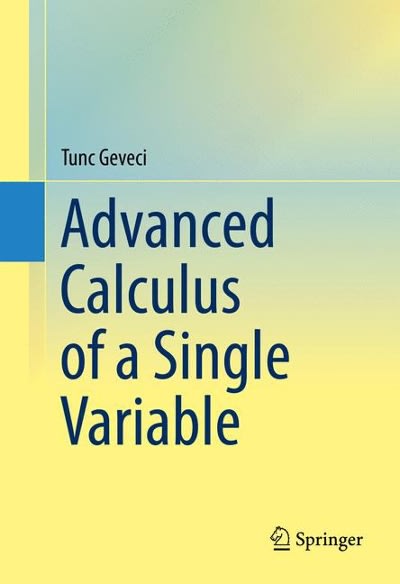Answered step by step
Verified Expert Solution
Question
1 Approved Answer
R code help 5. Matching the sample and theoretical densities. Finally, let's see how well your random sample matches the theoretical density. A histogram of
R code help
5. Matching the sample and theoretical densities.
Finally, let's see how well your random sample matches the theoretical density. A histogram of your sample (with green bars and density scaling)
n<-100000 count<-0 x<-rnorm(n,16.1,0.5) for(i in 1:n){ if(x[i]>=16 && x[i]<=16.5) count=count+1 } count/n simNorm<-quantile(x,0.10) hist(simNorm, probability=TRUE, col="green")Now add the normal pdf on top. Range is plus/minus 4 stadnard deviations around mean.
xValues<- seq(16.1 - 4*.5, 16.1 + 4*.5, length.out=250) pdf<- dnorm(xValues, mean=16.1, sd=.5) lines(xValues, pdf, col="grey",lwd=2 ) # grey line twice the widthComment on how well your sample histogram tracks the density curve. Where does it do well? What does it miss?
Step by Step Solution
There are 3 Steps involved in it
Step: 1

Get Instant Access to Expert-Tailored Solutions
See step-by-step solutions with expert insights and AI powered tools for academic success
Step: 2

Step: 3

Ace Your Homework with AI
Get the answers you need in no time with our AI-driven, step-by-step assistance
Get Started


